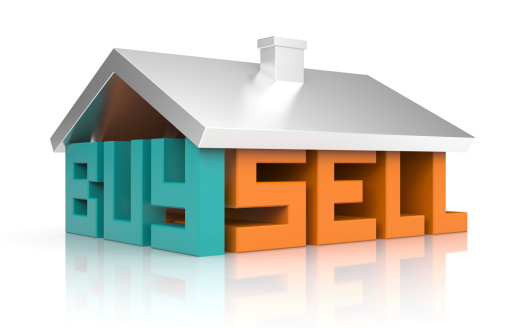
19 Nov Buying & Selling Homes Simultaneously
 Buying & Selling Homes Simultaneously
Buying & Selling Homes Simultaneously
Buying and selling homes simultaneously can seem quite daunting and raise many questions, especially regarding timing. When should you list the home you’re selling? At what point should you begin looking for a new home? What happens if you get an offer on the home you’re selling before closing on your new place?
The key to combining your buying and selling processes is timing. Taking the time up front to consider your options and make educated timing decisions will increase the chances that you’ll get to seamlessly move from the old home into the new space. So, how do you make those smart timing decisions?
Find an expert. A good real estate agent is a knowledgeable and reliable expert on buying and selling homes simultaneously.. The agent researches and understands current trends which will help you time your transition to the new house while also getting the most money from the house you’re selling.
Know the Market. A real estate agent is also a great resource to educated you on your local market. The agent uses current market data, the condition of your home, neighborhood comparable homes and other factors to determine a realistic selling price for your listing.
Understand your Finances. As you look at your options, know where you stand financially, how much equity you have in your current home, and how much money you can reasonably use toward the down payment of a new house. Homeowners who have enough equity to sell their existing home and can come up with a down payment for another one are going to have an easier time buying and selling at the same time. Before the real estate shift in 2008, homeowners often leveraged the equity in their home to open a home equity line of credit (HELOC). They would borrow 95 to 100 percent of the home’s value and then use that money toward the down payment of the new home. This made it really easy to close on a new home and sell the current home quickly. Today however, depreciated home values and strict lending options have made it difficult to open a HELOC. Know that there are many options for those homeowners in all financial categories. Understanding your finances will help when you discuss this process with your agent.
Make Quick Fixes. Price and home condition are the two most important factors that effect the sale of your home. As explored specifically in previous posts, investing money up front to update the yard, repaint the walls or make other small fixes has been proven to significantly increase the likelihood that your home will sell more quickly.
Start Shopping for the new home. If you and your agent agree that listing your home is a good decision for you, it’s time to begin your home search process. If possible, start looking at homes before you put yours on the market so that you have an idea to the timeframe it could take to find the new place based on your search criteria.
When you’re ready, list the home. Putting the home on the market is a careful process that depends largely on how fast you think you will be able to find and close on your new home. The previous step, shopping for the new home, will help make that decision. Keep in mind, if you put the home on the market and the right buyer puts in an offer more quickly than you anticipated, there are contingencies you can add to the contract to give you more time to find your new home.
Buying and selling homes simultaneously has its challenges, but with the help of a solid agent, homeowners make it happen everyday. Elise Fay & Associates would be happy to walk you through some of the buying and selling scenarios or help begin your home search process. Give us a call!


